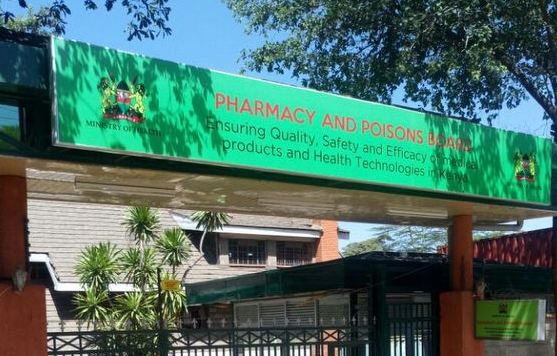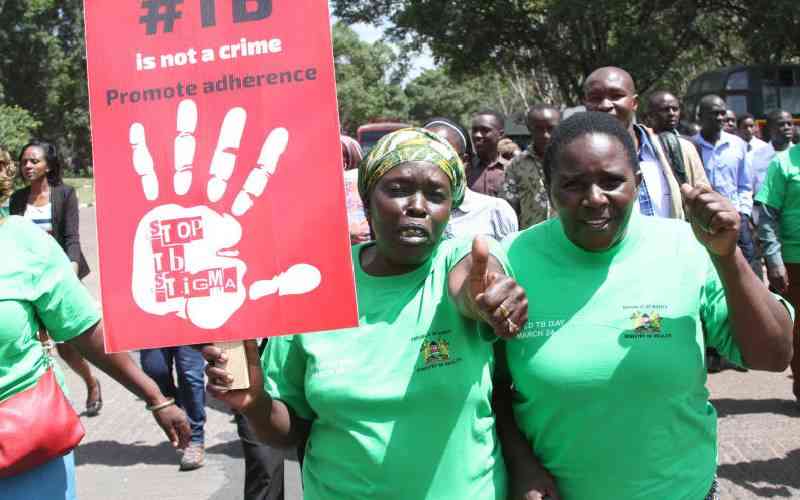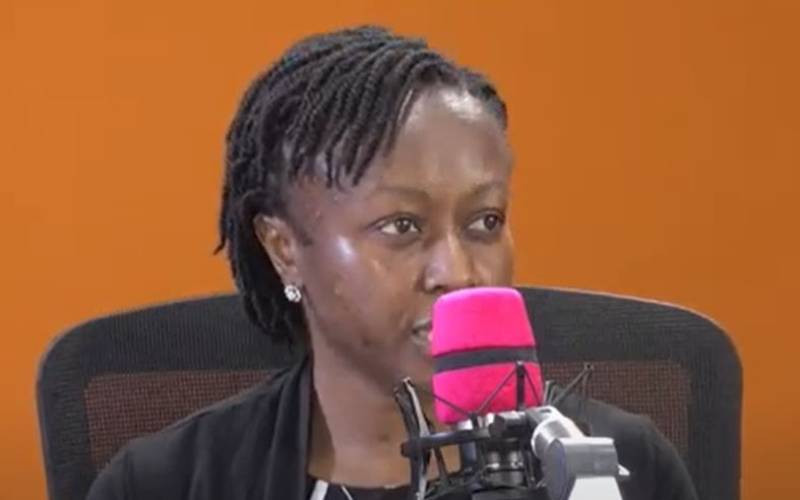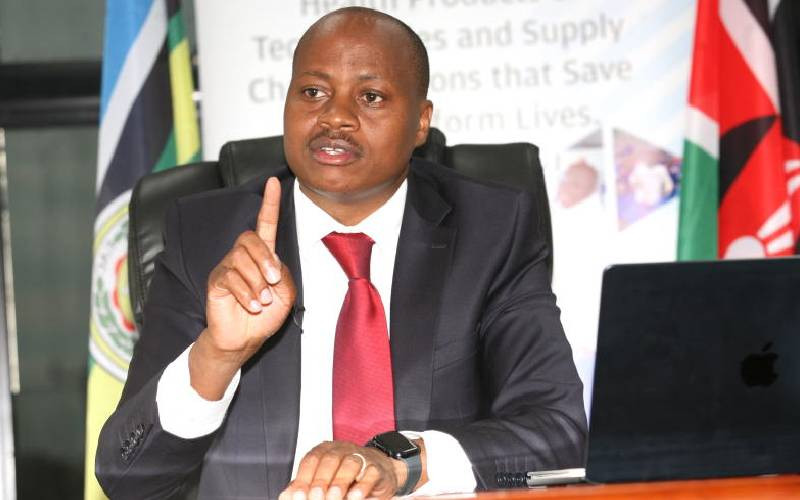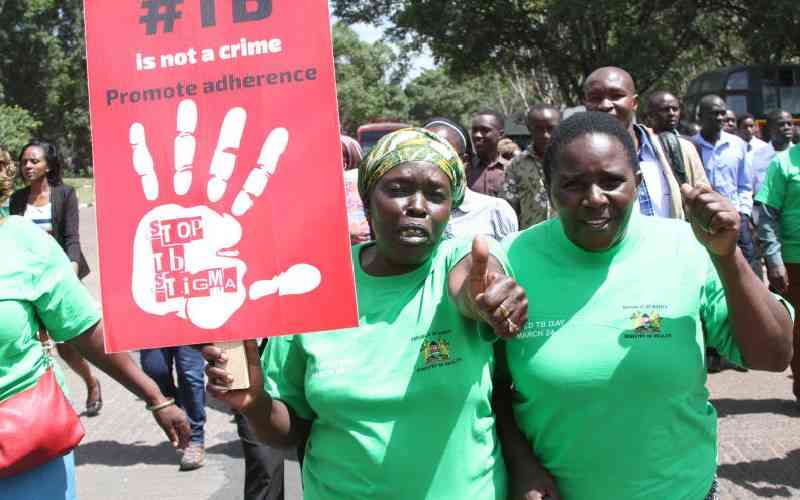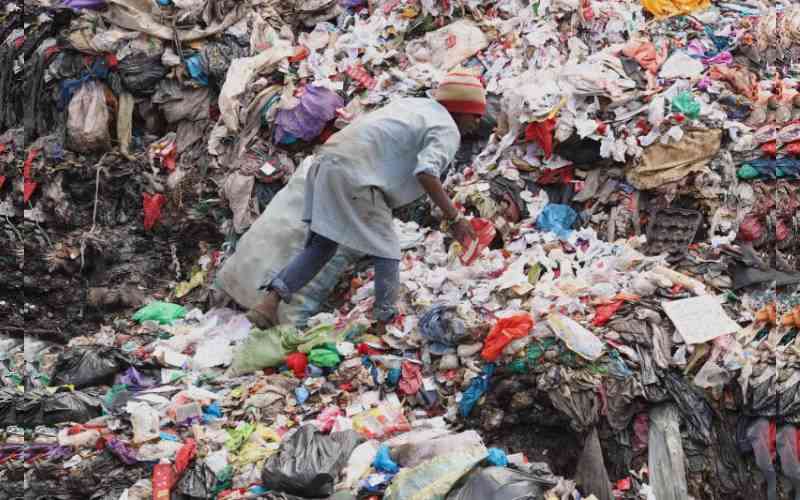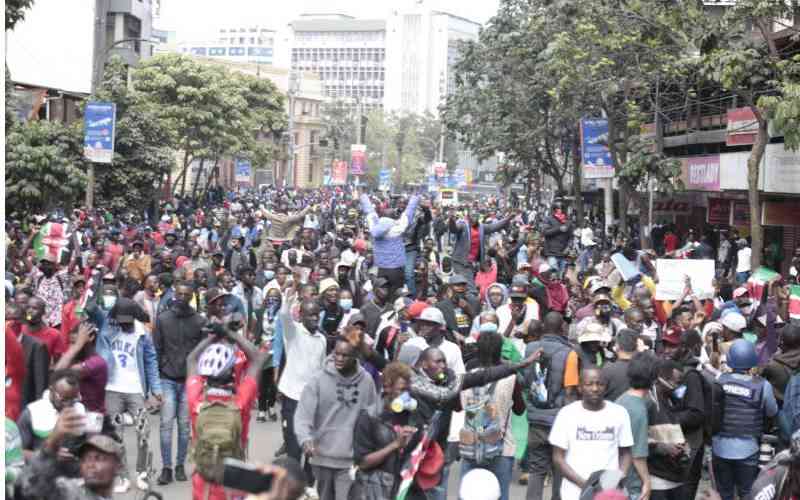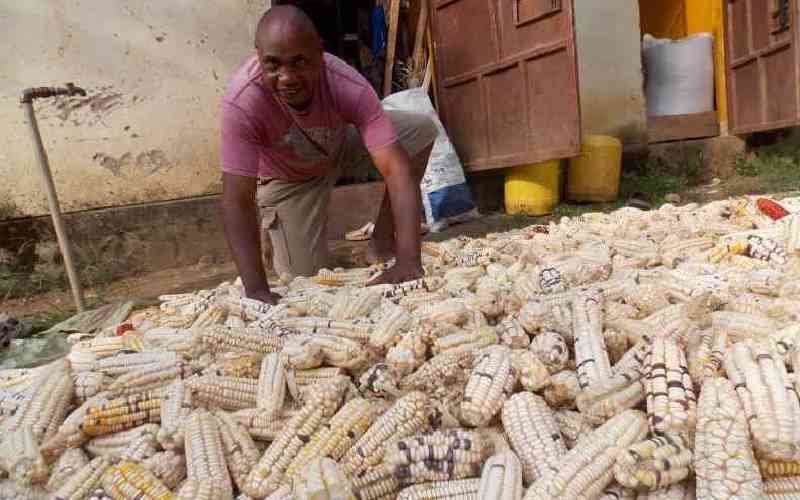
Seven men and one woman are the persons to watch as Kenya receives Covid-19 vaccine today.
Despite the country’s celebrated experience and success in rollout of vaccines, the global politics surrounding the manufacture and distribution of the coronavirus jab is making it a dicey affair.
These eight persons must ensure a successful rollout, dispel cynicism of Kenyans and guarantee integrity of the exercise.
To build public confidence in the exercise, President Uhuru Kenyatta must keep tabs on the rollout to avoid a repeat of the Kenya Medical Supplies Agency (Kemsa) scandal, which punctured trust in health management systems.
Health Cabinet Secretary Mutahi Kagwe will either rise or fall with the vaccines. He cannot get it wrong, especially after the Kemsa scandal, which he somehow managed to wriggle out of.
Having invoked the Public Order Act with regards to the pandemic last year, Kagwe essentially shifted the burden of management of Covid-19 to Interior CS Fred Matiang’i.
With delivery of the jabs to the country, Matiang’i’s security docket must effectively guard and oversight their distribution.
For Collins Taabu, the head of national vaccines and immunisation programme, his work is cut out for him. He must deliver the jabs to the intended recipients.
Financial support
The National Treasury CS Ukur Yatani is expected to offer the requisite financial support to ensure success of the exercise. The distribution infrastructure and its attendant resource needs must receive attention and approval of the CS on priority basis.
On the other hand, Transport CS James Macharia is in charge of the logistics, including arrival and warehousing. There is also the role to be played by counties in terms of uptake of the vaccine. Council of Governors chairman Martin Wambora must coordinate this with the national government.
Through appropriate and timely messaging, Health CAS Mercy Mwangangi has to manage public expectations and concerns on access, distribution and storage of the vaccine.
The Oxford/AstraZeneca vaccine is expected to arrive tonight in two batches. The first batch of 495,000 doses will be distributed to regional depots, Level VI hospitals and Military Level IV hospitals across the country.
According to the information The Standard is privy to, 441,000 doses will be distributed to nine regional depots across the country, 33,000 to Level VI, and 21,000 to military hospitals.
The nine regional depots are in Eldoret, Nakuru, Kakamega, Nyeri, Garissa, Kisumu, Meru, Nairobi and Mombasa.
“Total First Issue is 495,000…,” reads the Ministry’s Covax initial distribution plan.
Level VI hospitals to receive the vaccines include Kenyatta National Hospital (KNH), Othaya Annex (3,000 doses), Kenyatta University Teaching Referral and Research Hospital (6,000), while 6,000 will be dispatched to Moi Teaching and Referral Hospital.
Mathari Hospital and KNH will receive 3,000 and 12,000 doses, respectively.
Kenya Airforce Moi Airbase Level IV Hospital, Gilgil Military Regional Hospital, Memorial Hospital, Kenya Navy (Mir) Hospital and Eldoret Regional Hospital will receive 6,000, 3,000, 6,000, 3,000 and 3,000 doses, respectively.
The remaining 525,000 of the 1.02 million doses to be received will be distributed in the second batch soon after. One vial of the vaccine has doses enough to vaccinate 10 people.
Taabu told The Standard that the vaccine will be administered in two-month intervals between the first and the second dose.
“We don’t foresee a situation where one would miss out on the second dose of the vaccine because within the two months, we will have gotten the next doses of the vaccine,” he said.
Process of getting the jab
Plans are in place to have a pre-registration for individuals to access the vaccine.
There will also be a component of consent of registration, with an individual providing contact details after which individuals will be scheduled for vaccination at the nearest facility.
Thereafter there will be communication on a scheduled second dose.
“We want to be able to control numbers, and spread it out and enable people access services to their localities. They will have a message on when vaccination is scheduled, the number of people to access the vaccine, and will be given details on when to access their second dose,” explained Taabu.
Covid-19 vaccination will rely on the already existing system of Kenya Expanded Programme Immunisation.
“Health workers have been trained, the supply system has been done to receive the vaccine, key messages developed to roll out the vaccine, the system ready to start pre-registration, starting with county referral hospitals and level five and four facilities,” he added.
According to the ministry’s Covid-19 National Vaccine Deployment Plan 2021, the vaccines are procured through Unicef, who are expected to manage shipment up to delivery.
Once cleared at the port, the vaccines will be transferred to central vaccines stores in Kitengela, and subsequently to the nine regional depots across the country.
Taabu explained that each vaccine was unique in terms of storage, handling and administration.
Among the characteristics of AstraZeneca is that it should not be shaken vigorously during transport, storage or administration.
Its mode of administration is Intramuscular (IM) injection, unlike others that are subcutaneous administered, which means they are administered below the skin – in-between the skin and the fat layer.
“AstraZeneca jab is given like an antibiotics injection, deep within the muscle. The needle has to be at 90 degrees into the left deltoid of the upper arm,” said Taabu.
Further, the vaccine should not be frozen, in that if a vial is opened, it must be administered within timelines of six hours. It must be discarded if it stays longer.
“Health employees administering the vaccine should not shake it. It should not be frozen and it should be administered in a special way,” he added.
Taabu assured that the government has laid out measures to have the vaccine deployed in a timely manner within respective localities for efficacy.
The government is planning to vaccinate approximately one million people with the first batch of 1.02 million doses expected to arrive in the country today. The second dose will be issued two months after the first.
According to studies, two doses of AstraZeneca vaccine are administered for efficacy.
Taabu revealed that plans were underway to get a total of 4.1 million doses as per the Ministry of Health National Covid-19 Vaccines Deployment and Vaccination Plan, 2021.
“In the next few days, we will expect other doses,” he said.
The official explained that prioritising the vaccine was to ensure continuous functioning of critical sectors of the economy like the health system by protecting health employees, getting security organs intact to man border points, and institutions like schools functioning normally.
He noted that the second phase of the vaccine seeks to protect the most vulnerable population, or those with severe diseases. These are people with who have chronic conditions and aged above 50. Thereafter, the programme will move to achieve equity and target vulnerable people in the care homes, prisons and urban slum populations.
“We are moving to progressively cover all vulnerable populations to assure continuous functioning of the economy, protect the most vulnerable, achieve equity and hopefully, stop the spread of the virus,” Taabu said.
Distribution of the vaccine, he revealed, will be done as per the targeted population, across the country.
The government has a database on the number of healthcare workers, including all individuals involved in provision of healthcare services, like guards and cleaners.
Pre-existing conditions
Further, Taabu noted that there was data on the number of instructors working in education institutions and security personnel, among other priority target groups.
In administering the vaccine, a self-reporting approach will be used.
For instance, individuals receiving the jab will be required to declare their pre-existing medical conditions, like hypertension, diabetes and cancer.
In two years, the government is expected to cover an equivalent of 15 million or 30 per cent of the total population.
Epidemiology will be monitored as per reported variants to determine whether there will be recommendations on building up the vaccines.
The storage capacity for both positive and negative temperature storage at all the nine regional stores is adequate to handle Covid-19, according to the ministry.
The standard of the depots has been confirmed through the 2013 Expanded Programme on Immunisation (EVMA) and WHO EPI logistics forecasting tool of 2014.
Kitengela Central Vaccine store has the highest capacity of net refrigeration of 130,000 litres and 14, 000 net freezing volume litres.
Net refrigeration in Nyeri, Meru, Nairobi, Eldoret, Kakamega, Kisumu and Garissa counties have a capacity of 20,000, 10,000, 23,000, 20,000, 20,000 10,300, 23,000 and 13,300, respectively.
Net freezing volume litres for the counties is 813, 542, 7,000, 1,355, 1,626, 542, 542 and 450. Mombasa County has a net refrigeration capacity of 20,150 litres and 813 litres.
 The Standard Group Plc is a multi-media organization with investments in media platforms spanning newspaper print
operations, television, radio broadcasting, digital and online services. The Standard Group is recognized as a
leading multi-media house in Kenya with a key influence in matters of national and international interest.
The Standard Group Plc is a multi-media organization with investments in media platforms spanning newspaper print
operations, television, radio broadcasting, digital and online services. The Standard Group is recognized as a
leading multi-media house in Kenya with a key influence in matters of national and international interest.

